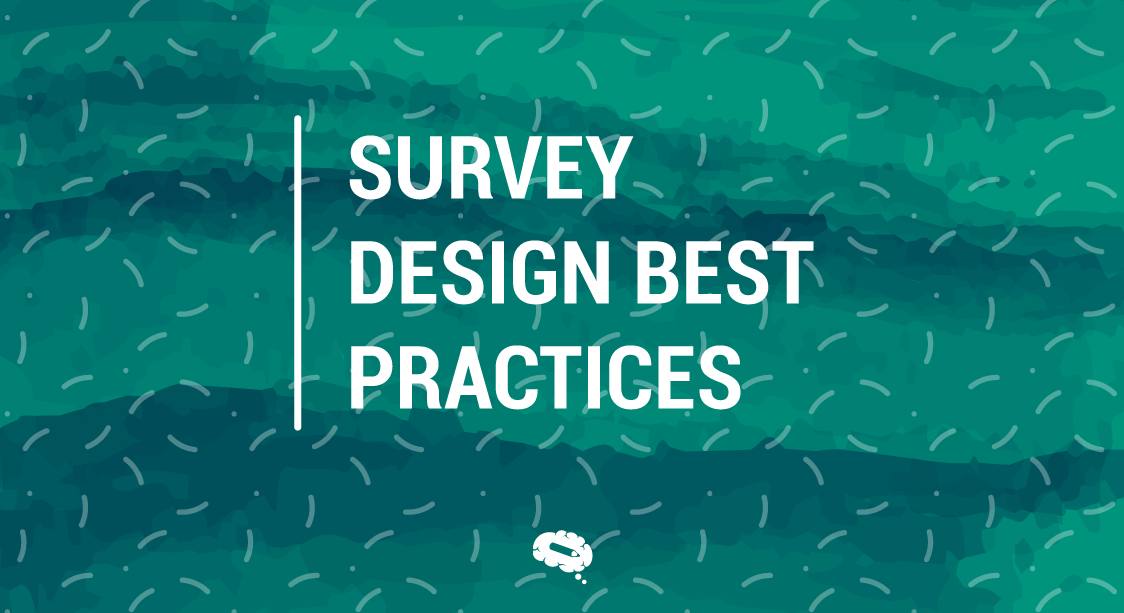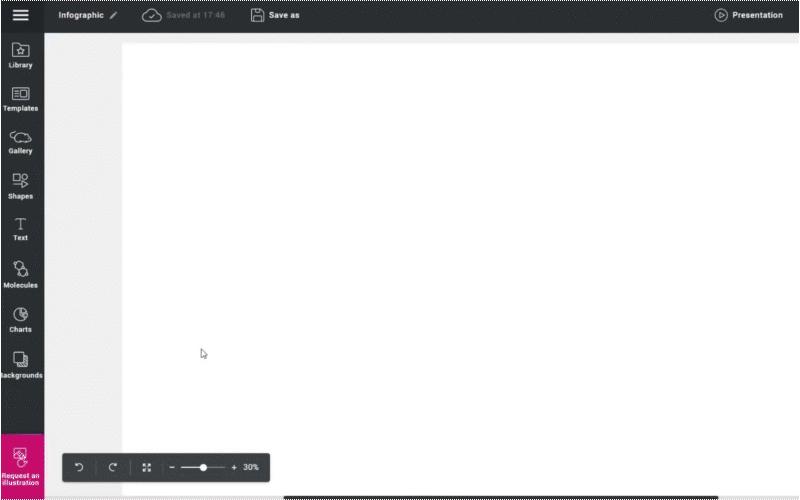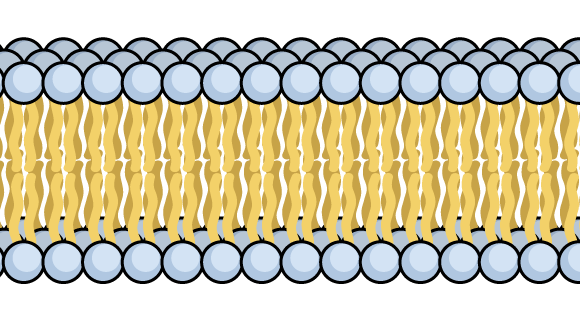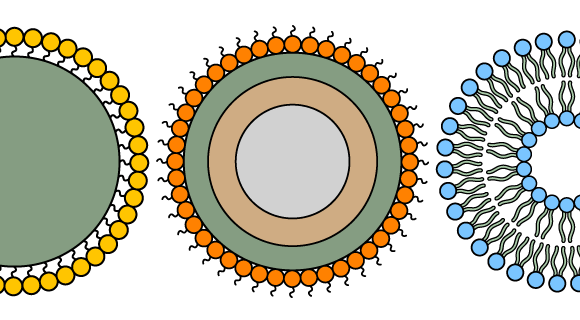Effective survey design is crucial for obtaining accurate and meaningful data. It serves as the foundation for gathering reliable insights and making informed decisions based on the collected information. Survey design best practices are essential to ensure that surveys are designed in a way that maximizes response rates, minimizes bias, and enhances the overall quality of the data collected. By following these best practices, researchers can create surveys that are clear, concise, and engaging, making it easier for respondents to understand and provide accurate responses.
Well-designed surveys lead to more reliable and valid data, enabling researchers to draw accurate conclusions and make evidence-based decisions. Adhering to survey design best practices helps to optimize the survey experience for respondents, increasing their willingness to participate and ensuring their feedback is valuable and actionable. In this article, we will explore the importance of survey design best practices, providing valuable insights and practical tips to help researchers design surveys that yield meaningful and reliable results.
Survey Design Best Practices
Survey design best practices are the recommended techniques and strategies for creating effective and reliable surveys. Surveys are widely used to collect data and gather insights from participants, making it crucial to design them in a way that ensures accurate and meaningful results. These best practices encompass various aspects of survey creation, including questionnaire design, survey length, question types, response options, survey flow, and participant recruitment. Well-designed surveys can enhance the overall participant experience, leading to increased engagement and more reliable findings.
Defining a Clear Goal
Defining a clear goal articulates the purpose and objectives of the survey, including the specific information or insights to be gathered from respondents. A clear goal guides the design of survey questions, response options, and overall structure, ensuring focus and relevance. Consider the specific research questions to be answered, the decisions or actions informed by survey results, and the desired outcomes.
Creating Effective Surveys
Creating effective surveys involves applying various strategies and techniques to ensure the quality, reliability, and validity of the collected data. It encompasses factors such as question design, survey length, participant engagement, and avoiding common pitfalls.
Keeping Personal Questions to the End
This practice suggests placing personal or sensitive questions toward the end of the survey. By doing so, respondents have the opportunity to build trust and rapport before addressing more personal information, increasing the likelihood of obtaining honest and accurate responses.
Limiting Survey Length
Keeping surveys concise and avoiding excessive length is an important topic. Long surveys can lead to respondent fatigue, reduced engagement, and lower participation rates. Limiting the number of questions and prioritizing the most crucial ones helps maintain respondent interest and data quality.
Using Closed-Ended Questions
This practice uses closed-ended questions that provide predefined answer choices. Closed-ended questions make it easier to analyze and compare responses, as they generate quantifiable data. They are particularly useful for collecting specific information or opinions on a particular topic.
Avoiding Leading Questions
Avoiding leading questions is crucial to maintaining objectivity and neutrality. To achieve this, survey designers should use clear and unbiased language, avoid loaded terms, and refrain from making assumptions. Pilot testing and seeking feedback can help identify and eliminate leading questions.
Balancing Answer Choices
This practice focuses on providing a balanced range of answer choices that adequately cover all possibilities and variations. By offering a comprehensive set of options, respondents can select the answer that best reflects their views or experiences, minimizing response bias and ensuring data accuracy.
Staying Away from Absolutes
This guideline advises against using absolute terms like “always,” “never,” or “all” in survey questions. Absolutes can restrict respondents’ choices and potentially bias their answers. Allowing for nuance and variations in response options allows for a more accurate reflection of respondents’ opinions or behaviors.
Avoiding Double-Barreled Questions
Avoiding double-barreled questions is important to ensure that each question focuses on a single idea or topic. Double-barreled questions combine multiple concepts or inquiries into a single question, which can confuse respondents and lead to inaccurate or incomplete responses. Survey designers should carefully review each question and ensure that it addresses one aspect or issue at a time. If a question includes multiple components, it should be split into separate, clear, and concise questions.
Previewing the Survey Before Sending It Out
This step reviews and tests the survey instrument before it is distributed to respondents. By previewing the survey, researchers can identify and correct any errors, inconsistencies, or unclear instructions. This ensures that respondents will have a seamless experience and provide accurate responses, ultimately enhancing the reliability and validity of the data collected.
Getting Survey Responses
Getting survey responses is a critical aspect of survey design best practices as it directly impacts the quality and reliability of the collected data. To maximize response rates, researchers employ various strategies. They ensure that the survey is easily accessible and user-friendly by optimizing its layout, design, and compatibility across different devices. They also personalize survey invitations and reminders to create a sense of relevance and urgency for participants, and providing clear instructions and setting realistic completion time expectations also encourages participation.
Offering incentives, such as rewards or entry into a prize draw, can motivate individuals to complete the survey. To reach a wider audience, researchers may employ multiple channels for survey distribution, including email, social media, and online platforms. Follow-up communication and reminders help maintain engagement and increase response rates. Researchers who carefully consider these approaches ensure that the collected data accurately represents the target population, leading to more reliable and meaningful results.
Analyzing Survey Results
Analyzing survey results enables researchers to derive meaningful insights and draw valid conclusions from the collected data. The process begins with data cleaning, where researchers review and remove incomplete, duplicate, or inconsistent responses. Next, they organize and tabulate the data, grouping responses according to relevant variables or categories. Statistical analysis techniques, such as descriptive statistics, correlation analysis, or regression analysis, are then applied to identify patterns, relationships, and trends within the data.
Researchers interpret the findings, looking for significant findings and meaningful patterns that align with the research objectives. Visual representations, such as charts, graphs, or tables, are often used to present the results effectively. The limitations and potential biases of the data should be considered to provide a comprehensive and accurate interpretation. Through careful and systematic analysis of survey results, researchers can gain valuable insights that inform decision-making, support research objectives, and contribute to the advancement of knowledge in their respective fields.
Using Appropriate Response Scales
Using appropriate response scales is a crucial aspect of survey design best practices as it ensures that respondents can effectively and accurately convey their opinions or experiences. The choice of response scale should align with the nature of the survey questions and the level of granularity required. Common response scales include Likert scales, semantic differential scales, and numerical rating scales. Likert scales offer a range of response options, typically ranging from strongly agree to strongly disagree, allowing respondents to express their degree of agreement or disagreement. Semantic differential scales use bipolar adjectives to measure attitudes or perceptions, with respondents indicating their position along a continuum between opposing attributes. Numerical rating scales assign numerical values to rate an aspect or indicate satisfaction, such as rating from 1 to 10.
It is important to consider the cognitive effort required by respondents when choosing the response scale. A balanced scale with an equal number of positive and negative options can mitigate response bias. Additionally, providing a neutral or “not applicable” option can account for cases where respondents do not have an opinion or the question is not relevant to them. By using appropriate response scales, survey designers can gather reliable and meaningful data that accurately capture the attitudes, opinions, and experiences of respondents. Learn more about scales.
Rephrasing Yes/No Questions in Online Surveys
Rephrasing Yes/No questions in online surveys is a best practice in survey design that aims to enhance response quality and capture more nuanced information from participants. Yes/No questions often provide limited insights and do not allow for detailed explanations or variations in respondents’ opinions. By rephrasing these questions into open-ended or multiple-choice formats, researchers can encourage participants to provide more detailed and informative responses.
Open-ended questions allow respondents to express their thoughts in their own words, providing richer qualitative data. Multiple-choice questions can offer a range of options that better capture the spectrum of opinions, allowing for more accurate analysis and interpretation. Rephrasing Yes/No questions in online surveys not only encourages participant engagement but also provides researchers with a more comprehensive understanding of participants’ perspectives, leading to more robust and insightful findings.
Starting with Straightforward Questions
Respondents feel more comfortable and confident in providing accurate responses when the survey begins with easy-to-answer and non-threatening questions. Simple questions that are clear and concise help establish a positive tone and build respondents’ engagement from the start. Starting with straightforward questions also helps to establish a rhythm and flow in the survey, allowing participants to ease into the process without feeling overwhelmed.
Gradually increasing the complexity of questions as the survey progresses allows respondents to acclimate to more in-depth or challenging topics. This ensures that respondents are not immediately discouraged or fatigued by difficult questions, thereby increasing the likelihood of survey completion. Prioritizing clarity and simplicity in the initial questions is key for creating a positive survey experience and maximizing the quality of responses obtained.
Using Unbalanced Scales with Care
Using unbalanced scales in survey design requires careful consideration to ensure accurate and meaningful data collection. It is important to clearly define the scale’s endpoints and ensure that they align with the intended meaning and context of the survey question. Researchers should be cautious about potential response biases that may arise from unbalanced scales, such as extreme response tendencies or limited variability in responses. To mitigate these risks, it is advisable to provide clear instructions and examples to respondents, as well as consider alternative response options or scales when appropriate.
Adding Incentives
Adding incentives is an effective strategy in survey design best practices to encourage participation and improve response rates. Incentives can take various forms, such as monetary rewards, gift cards, discounts, or entry into a prize draw. When implementing incentives, it is important to consider the target audience and choose rewards that are appealing and relevant to them. The value of the incentive should align with the time and effort required to complete the survey.
Clear communication about the incentive should be provided at the beginning of the survey to set expectations and motivate participants from the outset. It is essential to ensure that the incentive does not bias responses or influence participants’ answers. Incentives should be positioned as a token of appreciation rather than as a means to influence the outcome. When the incentives are incorporated effectively, survey designers can enhance participation rates and gather valuable insights from a larger and more diverse pool of respondents.
Testing the Survey
Before launching the survey to the target audience, it is essential to thoroughly test it to identify and address any potential issues or errors. Testing helps ensure that the survey functions properly, all questions are clear and understandable, and the survey flow is logical and intuitive.
During testing, survey designers should carefully review each question, response option, and skip logic to ensure accuracy and coherence. It is also important to test the survey on different devices and browsers to ensure compatibility and responsiveness. Conducting a pilot test with a small sample of respondents can provide valuable insights into the survey’s effectiveness and identify any necessary adjustments.
Using Clear and Concise Language
Using clear and concise language is an essential aspect of survey design best practices. It is important to communicate survey questions and instructions straightforwardly to ensure that respondents understand the content accurately. To achieve this, survey designers should use simple and easily understandable language, avoiding technical jargon or complex terminology.
It is advisable to break down complex questions into smaller, more manageable parts to prevent confusion. Using precise and specific wording helps eliminate ambiguity and ensures that respondents can provide accurate and meaningful responses. Clear instructions should be provided at the beginning of the survey, explaining the purpose and expectations of the respondents.
Making the Survey Engaging
To make the survey engaged, survey designers can incorporate various strategies. Firstly, they can use a visually appealing and user-friendly survey interface with an attractive design and intuitive navigation. Including interactive elements such as sliders, checkboxes, or drag-and-drop options can also make the survey more interactive and enjoyable for respondents. Incorporating multimedia elements like images or videos can enhance engagement and help clarify questions or concepts.
To enhance survey participation and engagement, researchers can incorporate progress indicators or completion bars to provide a visual sense of progress and motivate respondents to continue. Additionally, using conversational and engaging language in survey instructions and questions can create a more personalized and relatable experience, fostering increased respondent involvement and quality of responses.
Unleash the Power of Infographics with Mind the Graph
With Mind the Graph, scientists can unleash their creativity and effectively convey complex scientific concepts through visually appealing and engaging infographics. The platform offers a wide range of scientific illustrations, graphics, and templates that can be customized to suit specific research needs. Whether it’s creating eye-catching posters, informative presentations, or engaging social media content, Mind the Graph provides scientists with the tools and resources to visually communicate their findings compellingly.

Subscribe to our newsletter
Exclusive high quality content about effective visual
communication in science.






